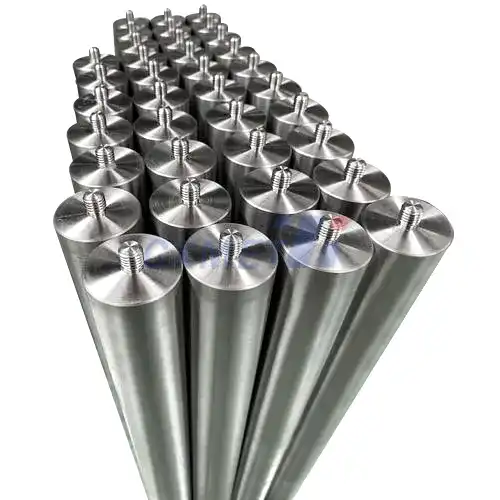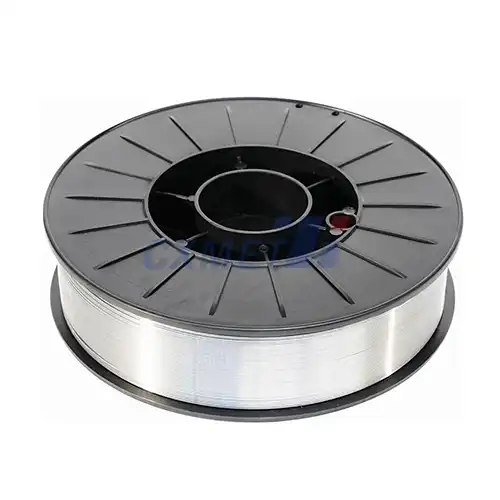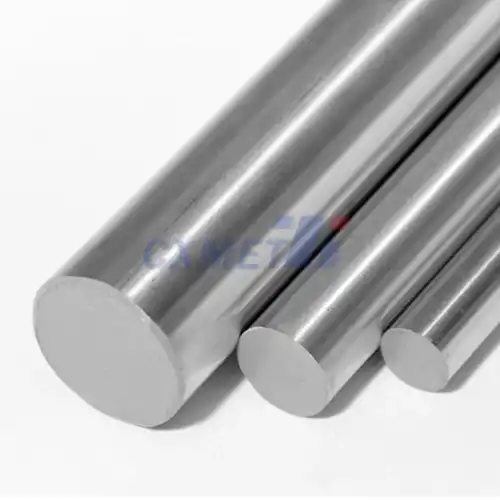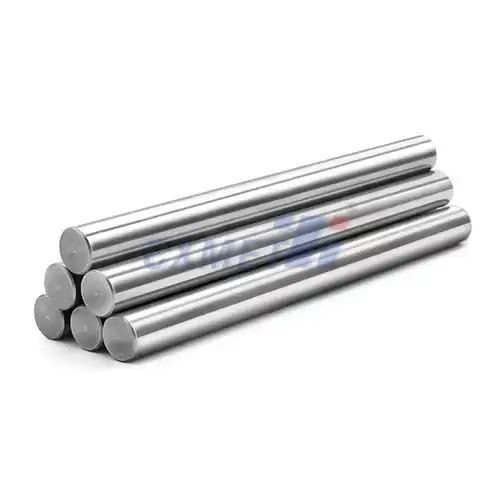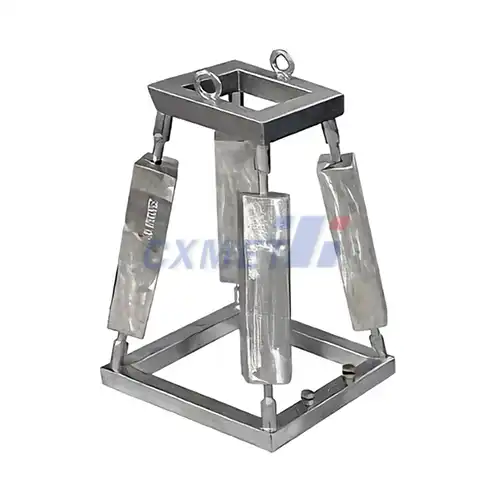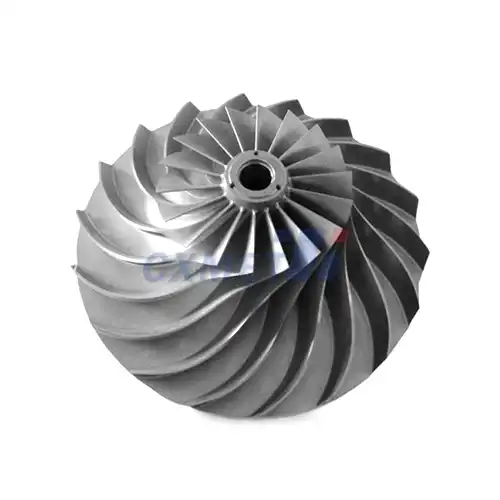- English
- French
- German
- Portuguese
- Spanish
- Russian
- Japanese
- Korean
- Arabic
- Greek
- German
- Turkish
- Italian
- Danish
- Romanian
- Indonesian
- Czech
- Afrikaans
- Swedish
- Polish
- Basque
- Catalan
- Esperanto
- Hindi
- Lao
- Albanian
- Amharic
- Armenian
- Azerbaijani
- Belarusian
- Bengali
- Bosnian
- Bulgarian
- Cebuano
- Chichewa
- Corsican
- Croatian
- Dutch
- Estonian
- Filipino
- Finnish
- Frisian
- Galician
- Georgian
- Gujarati
- Haitian
- Hausa
- Hawaiian
- Hebrew
- Hmong
- Hungarian
- Icelandic
- Igbo
- Javanese
- Kannada
- Kazakh
- Khmer
- Kurdish
- Kyrgyz
- Latin
- Latvian
- Lithuanian
- Luxembou..
- Macedonian
- Malagasy
- Malay
- Malayalam
- Maltese
- Maori
- Marathi
- Mongolian
- Burmese
- Nepali
- Norwegian
- Pashto
- Persian
- Punjabi
- Serbian
- Sesotho
- Sinhala
- Slovak
- Slovenian
- Somali
- Samoan
- Scots Gaelic
- Shona
- Sindhi
- Sundanese
- Swahili
- Tajik
- Tamil
- Telugu
- Thai
- Ukrainian
- Urdu
- Uzbek
- Vietnamese
- Welsh
- Xhosa
- Yiddish
- Yoruba
- Zulu
What are the Standard Sizes and Pressure Ratings for Titanium Slip-On Flanges?
2024-09-09 15:29:20
Titanium slip-on flanges are crucial components in various industrial applications, known for their exceptional strength-to-weight ratio and corrosion resistance. These flanges play a vital role in connecting pipes, valves, and other equipment in systems that require high performance under demanding conditions. Understanding the standard sizes and pressure ratings for titanium slip-on flanges is essential for engineers, procurement specialists, and project managers working in industries such as chemical processing, oil and gas, and aerospace.
What are the common size ranges for titanium slip-on flanges?
Titanium slip-on flanges are available in a wide range of sizes to accommodate various piping systems and applications. The size of a flange is typically measured by its nominal pipe size (NPS), which corresponds to the inner diameter of the pipe it's designed to fit. Common size ranges for titanium slip-on flanges include:
1. Small diameter flanges: These range from 1/2 inch (15 mm) to 2 inches (50 mm) NPS. Small diameter flanges are often used in instrumentation, small-bore piping systems, and specialized equipment connections.
2. Medium diameter flanges: Sizes from 2-1/2 inches (65 mm) to 12 inches (300 mm) NPS fall into this category. These are frequently used in process piping, heat exchangers, and various industrial applications.
3. Large diameter flanges: Ranging from 14 inches (350 mm) to 24 inches (600 mm) NPS and above, large diameter flanges are utilized in major pipeline projects, large-scale chemical plants, and offshore installations.
It's important to note that while these size ranges are common, titanium slip-on flanges can be custom-manufactured to meet specific project requirements. The availability of certain sizes may vary depending on the manufacturer and the specific grade of titanium used.
When selecting the appropriate size for a titanium slip-on flange, engineers must consider factors such as:
- Flow rate requirements
- Pressure and temperature conditions
- Compatibility with connected equipment
- Installation space constraints
- Applicable industry standards (e.g., ASME B16.5, EN 1092-1)
Proper sizing ensures optimal system performance, minimizes pressure drop, and helps maintain the integrity of the piping system over its operational lifetime.
How do pressure ratings affect the selection of titanium slip-on flanges?
Pressure ratings are a critical factor in the selection of titanium slip-on flanges, as they determine the maximum allowable working pressure (MAWP) that the flange can safely withstand under specific operating conditions. The pressure rating of a flange is influenced by several factors:
1. Material properties: Titanium's high strength-to-weight ratio allows for higher pressure ratings compared to many other materials. Different titanium grades (e.g., Grade 2, Grade 5) offer varying levels of strength and corrosion resistance, affecting the overall pressure rating.
2. Temperature: As operating temperatures increase, the strength of the material typically decreases. Pressure ratings are often specified for different temperature ranges to account for this relationship.
3. Flange class: Flanges are categorized into pressure classes (e.g., 150#, 300#, 600#, 900#) that correspond to their pressure-temperature ratings. Higher class numbers indicate higher pressure capabilities.
4. Design standards: Different international standards (e.g., ASME, EN, JIS) may have slightly different pressure rating requirements for the same nominal size and class.
When selecting a titanium slip-on flange based on pressure ratings, consider the following:
- Determine the maximum operating pressure and temperature of your system.
- Factor in any potential pressure surges or temperature fluctuations.
- Consider the corrosiveness of the media and its impact on long-term pressure-bearing capability.
- Evaluate the need for safety factors beyond the minimum requirements.
- Consult pressure-temperature rating charts provided by manufacturers or industry standards.
It's crucial to select a flange with a pressure rating that exceeds the maximum expected operating pressure of the system. This ensures a safety margin and accounts for potential variations in operating conditions. Over-specifying can lead to unnecessary costs, while under-specifying poses significant safety risks.
Engineers should also be aware that the pressure rating of a flange assembly is only as strong as its weakest component. This includes gaskets, bolts, and the connected piping. A holistic approach to system design is essential to maintain overall integrity and safety.
What are the key advantages of using titanium slip-on flanges in high-pressure applications?
Titanium slip-on flanges offer several key advantages in high-pressure applications, making them a preferred choice in many demanding industries. These advantages stem from titanium's unique properties and the specific design of slip-on flanges:
1. Exceptional strength-to-weight ratio: Titanium's high strength relative to its weight allows for the design of flanges that can withstand high pressures without adding excessive weight to the system. This is particularly beneficial in aerospace and offshore applications where weight reduction is crucial.
2. Superior corrosion resistance: Titanium forms a stable, protective oxide layer when exposed to air or moisture, providing excellent resistance to various corrosive environments. This property makes titanium slip-on flanges ideal for use in chemical processing, seawater applications, and other corrosive media where traditional materials might fail.
3. Wide temperature range: Titanium maintains its strength and ductility over a broad temperature spectrum, from cryogenic temperatures to moderately high temperatures (up to about 600°C depending on the specific grade). This versatility makes titanium slip-on flanges suitable for diverse high-pressure applications across different temperature ranges.
4. Low thermal expansion: Compared to many other metals, titanium has a relatively low coefficient of thermal expansion. This property helps maintain seal integrity in high-pressure systems that experience temperature fluctuations, reducing the risk of leaks and improving overall system reliability.
5. Excellent fatigue resistance: Titanium's fatigue properties are superior to many other metals, allowing titanium slip-on flanges to withstand cyclic loading in high-pressure applications. This characteristic is particularly valuable in systems subject to pressure cycling or vibration.
6. Biocompatibility: For high-pressure applications in medical or pharmaceutical industries, titanium's biocompatibility is a significant advantage. It allows for the design of sterile, high-pressure systems without the risk of contamination or adverse reactions.
7. Long-term cost-effectiveness: While the initial cost of titanium slip-on flanges may be higher than some alternatives, their longevity and resistance to degradation often result in lower life-cycle costs. This is especially true in high-pressure applications where frequent replacements or maintenance of less durable materials could lead to significant downtime and expenses.
8. Customization potential: Titanium's machinability allows for the fabrication of slip-on flanges with custom features or dimensions to meet specific high-pressure application requirements. This flexibility can be crucial in specialized industries or unique system designs.
9. Lightweight design benefits: In high-pressure applications where system weight is a concern, such as in aerospace or portable equipment, the use of titanium slip-on flanges can contribute to overall weight reduction without compromising pressure-bearing capability.
10. Resistance to stress corrosion cracking: Titanium exhibits excellent resistance to stress corrosion cracking, a phenomenon that can be particularly problematic in high-pressure environments combined with corrosive media. This resistance enhances the reliability and safety of the flange in critical applications.
When considering titanium slip-on flanges for high-pressure applications, it's essential to work closely with experienced manufacturers and engineers to ensure proper material grade selection, design optimization, and compliance with relevant industry standards. While titanium offers numerous advantages, it's crucial to conduct a thorough analysis of the specific application requirements, including pressure ratings, temperature ranges, and chemical compatibility, to determine if titanium slip-on flanges are the most suitable choice for a given high-pressure system.
At SHAANXI CXMET TECHNOLOGY CO., LTD, we take pride in our extensive product range, which caters to diverse customer needs. Our company is equipped with outstanding production and processing capabilities, ensuring the high quality and precision of our products. We are committed to innovation and continuously strive to develop new products, keeping us at the forefront of our industry. With leading technological development capabilities, we are able to adapt and evolve in a rapidly changing market. Furthermore, we offer customized solutions to meet the specific requirements of our clients. If you are interested in our products or wish to learn more about the intricate details of our offerings, please do not hesitate to contact us at sales@cxmet.com. Our team is always ready to assist you.
References
1. ASME B16.5-2017: Pipe Flanges and Flanged Fittings
2. Titanium Information Group. (2022). Titanium Properties and Applications.
3. Bhadeshia, H. K. D. H. (2021). Metallurgy of Titanium and its Alloys. University of Cambridge.
4. Leyens, C., & Peters, M. (Eds.). (2003). Titanium and titanium alloys: fundamentals and applications. John Wiley & Sons.
5. ASM International. (2015). ASM Handbook, Volume 2: Properties and Selection: Nonferrous Alloys and Special-Purpose Materials.
6. NACE International. (2018). Corrosion of Titanium and Titanium Alloys.
7. Donachie, M. J. (2000). Titanium: a technical guide. ASM international.
8. Boyer, R., Welsch, G., & Collings, E. W. (1994). Materials properties handbook: titanium alloys. ASM international.
9. Peters, M., Kumpfert, J., Ward, C. H., & Leyens, C. (2003). Titanium alloys for aerospace applications. Advanced engineering materials, 5(6), 419-427.
10. Schutz, R. W., & Watkins, H. B. (1998). Recent developments in titanium alloy application in the energy industry. Materials Science and Engineering: A, 243(1-2), 305-315.
